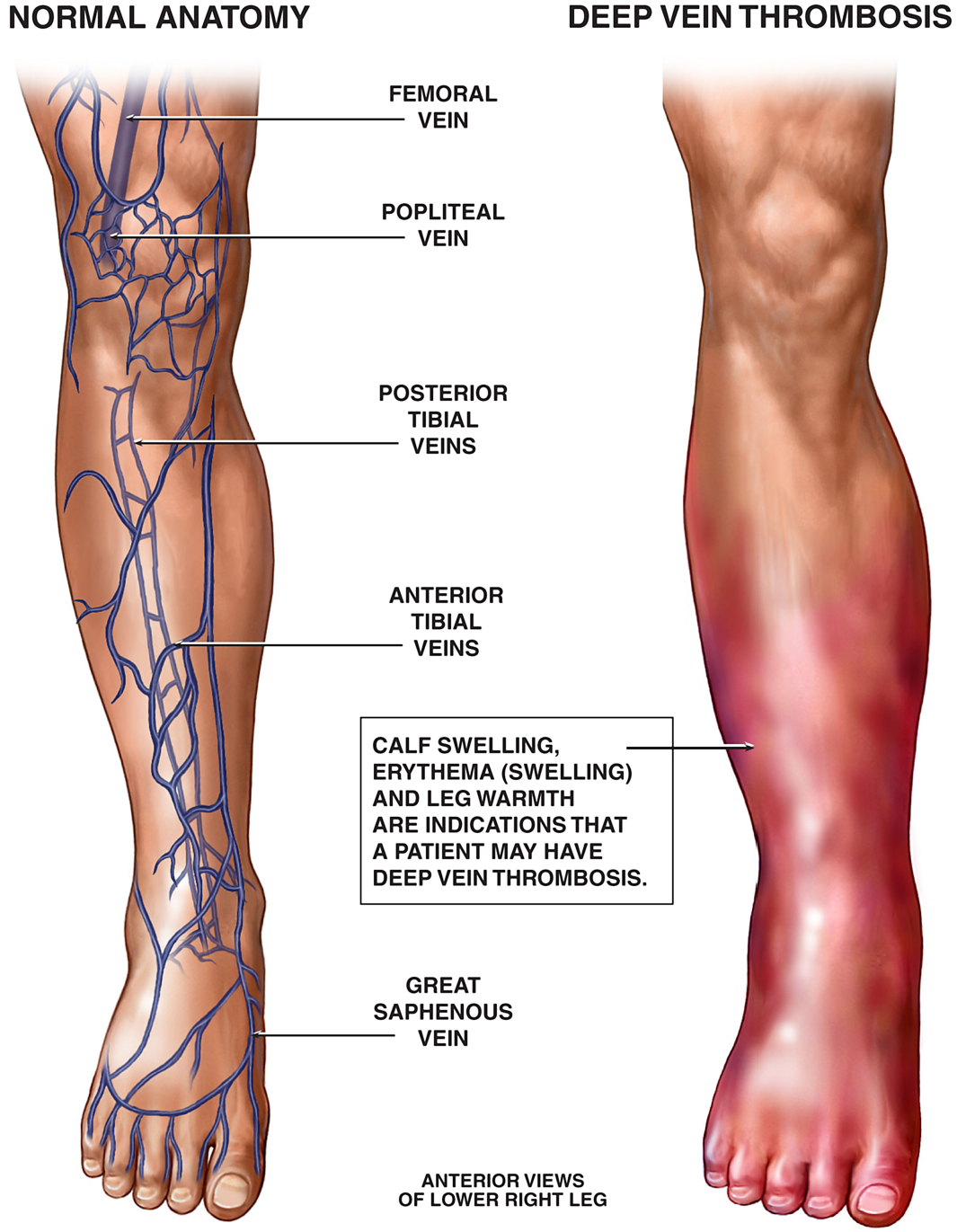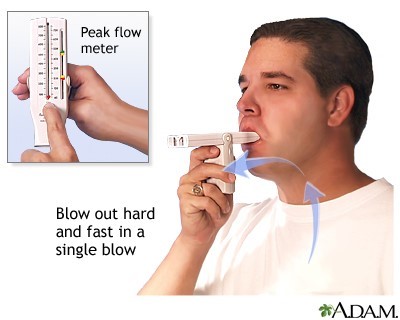A nurse is collecting data from a client who is immobile and has a potential deepvein thrombosis.
Which of the following findings should the nurse report to the provider?
Clammy skin.
Tortuous veins.
Bradycardia.
Calf swelling.
The Correct Answer is D

Nursing Test Bank
Naxlex Comprehensive Predictor Exams
Related Questions
Correct Answer is D
Explanation
The correct answer is choice D. Placing a pillow under the client’s flexed leg is part of the Sims’ position, which is a way of lying on the left side, with the right hip and knee bent and the left arm behind the back.
It is used for vaginal and colonic examinations and natural childbirth.
Choice A is wrong because positioning the client’s arms at his sides is not part of the Sims’ position.
The left arm should be behind the back.
Choice B is wrong because elevating the client’s feet with two pillows is not part of the Sims’ position.
The lower leg should be straightened and the upper leg should be bent.
Choice C is wrong because raising the head of the client’s bed to a 30° angle is not part of the Sims’ position.
The bed should be flat or slightly tilted.
Correct Answer is A
Explanation
This is because the nurse should first assess the client’s baseline knowledge and readiness to learn before providing any teaching.
The nurse should also tailor the teaching to the client’s individual needs and preferences.
Choice B is wrong because showing the client a video demonstration of peak flow meter use may not be the most effective way of teaching if the client has different learning styles or needs.
The nurse should also involve the client in the learning process and not just rely on passive methods.
Choice C is wrong because observing the client using the peak flow meter is an evaluation step that should be done after teaching and reinforcing the correct technique.
The nurse should not assume that the client knows how to use the peak flow meter without assessing their knowledge first.
Choice D is wrong because emphasizing the importance of the daily use of the peak flow meter is a motivational strategy that should be done after assessing the client’s knowledge and providing teaching.
The nurse should also explain the rationale and benefits of using the peak flow meter, not just tell the client to do it.
A peak flow meter is a small device that measures how fast a person can forcefully blow air out of their lungs in one fast breath.
It is one indicator of airways changes that may occur in people with asthma or COPD.
To get a peak flow meter, speak to a doctor.

Whether you are a student looking to ace your exams or a practicing nurse seeking to enhance your expertise , our nursing education contents will empower you with the confidence and competence to make a difference in the lives of patients and become a respected leader in the healthcare field.
Visit Naxlex, invest in your future and unlock endless possibilities with our unparalleled nursing education contents today
Report Wrong Answer on the Current Question
Do you disagree with the answer? If yes, what is your expected answer? Explain.
Kindly be descriptive with the issue you are facing.
